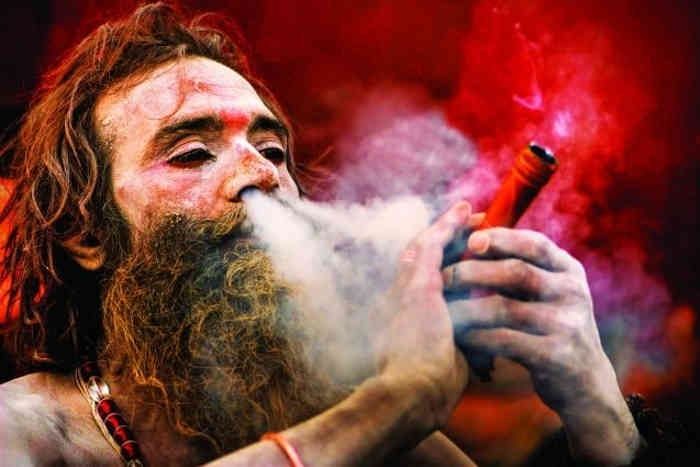Massive crowds are expected to attend the religious festival of Kumbh Mela 2021 in Haridwar amid the fears that such huge gatherings could turn the Mela into a COVID-19 super-spreader event.
The importance of wearing a mask is now widely understood. Look around you, and almost everyone has a mask strapped on. But there are many people in India who are still a part of the anti-maskers’ gang of COVID-19 deniers. Despite, the spike in the number of COVID positive cases in the country, only a little less than half of Indians wear masks in public. Isn’t the situation quite stressful? But to add to the stress, Kumbh Mela has successfully arrived amid the fears that such massive gatherings in the Mela could turn out to be a COVID-19 super-spreader event.
Massive crowds are expected to attend the religious festival of Kumbh Mela 2021 in Haridwar. In order for the Uttarakhand government to put a cap on the Mahakumbh devotees, the state government is making use of artificial intelligence (AI) to restrict the event turn into a super-spreader celebration. The Uttarakhand government is integrating the CCTV cameras with AI software to keep the headcount of the devotees from exceeding the prescribed limit amid the surge in COVID-19 cases in the country.
The AI-equipped cameras are also enabled with sensors to zoom onto those not wearing masks and generate an alert when the camera captures the image of a person without a mask. The Hindu pilgrimage is held every 12 years along the Ganga River and millions of people are expected to turn up for the event even at this time of the pandemic. Therefore, the Union Health Ministry has asked the Uttarakhand government to implement its SOP for the ongoing event.
SOP for Kumbh Mela: Stop it from becoming a ‘super-spreader event’
When everything has either been cancelled or shifted to virtual events, Indians could not resist themselves to bathe in the sacred river. The government is expecting over a million pilgrims a day and over five million people are expected on auspicious days such as April 12, 14, and 21, making a total of 100 million celebrants. With such a huge gathering, the Kumbh Mela has already been curtailed from three to four months to one month this year.
The Central government while looking at the current situation has issued a standard operating procedure (SOP) for the Uttarakhand government that details the practices that should be adopted at the Kumbh Mela to bring down the infections.
The event formally began on April 1 with several restrictions imposed on devotees coming to attend the event amid rising cases of Covid-19 in various states including Uttarakhand. While the certain standard operating procedure has been set by the Centre, the Uttarakhand High Court has made it mandatory for the devotees to bring an RT-PCR test report in order to attend the Mahakumbh. Also, the RT-PCR test report should not be older than 72 hours before the arrival of the devotee for the Kumbh.
What’s different this year?
This is for the first time in history that the schedule of Kumbh has been changed. The event that occurs once every 12 months is now curtailed to just one month due to the pandemic. This year the crowd management is of course going to be very different and the pilgrims will have to register themselves on a website in order to select a specific ghat to bathe on important dates. The Mela area and all 107 ghats too have been marked as red, green, and yellow zones, according to vulnerability to assess the crowd capacity of each ghat.
Also, one important change that’s noticed by the pilgrims this year is the clean state of the River Ganga. The devotees this year had the privilege to bathe in cleaner water in the Ganga as compared to previous Kumbh Melas.
Kumbh through epidemics: From Colonialism to the era of Modi
The Kumbh Mela has its instances even in the British colonial records. The East India Company ruled India from 1757 for the British crown till 1857. India got independence in 1947 and during this period of time, the British Raj made several attempts to improve the infrastructure of the Kumbh Mela, including laying new railway lines, widening the roads, and building bigger bathing platforms, which popularly are known as ghats.
As of today, the celebrations of Kumbh have been changed largely because of the pandemic, similarly, the Britishers have also struggled to manage the Kumbh Mela celebrations when the world was hit by epidemics in the past. Britishers in their early stages of handling the Kumbh event recognised the threat of the rapid spread of contagion among the crowds. It was then itself, the British government attempted to sanitize and control thousands of pilgrims at the Kumbh.
During 1892 and 1908, when India was hit by major famines like cholera and plague epidemics, the colonial government controlled entry to the Kumbh, citing hygiene concerns. Pilgrims at that time were dropped to a low of around 300,000 devotees.

